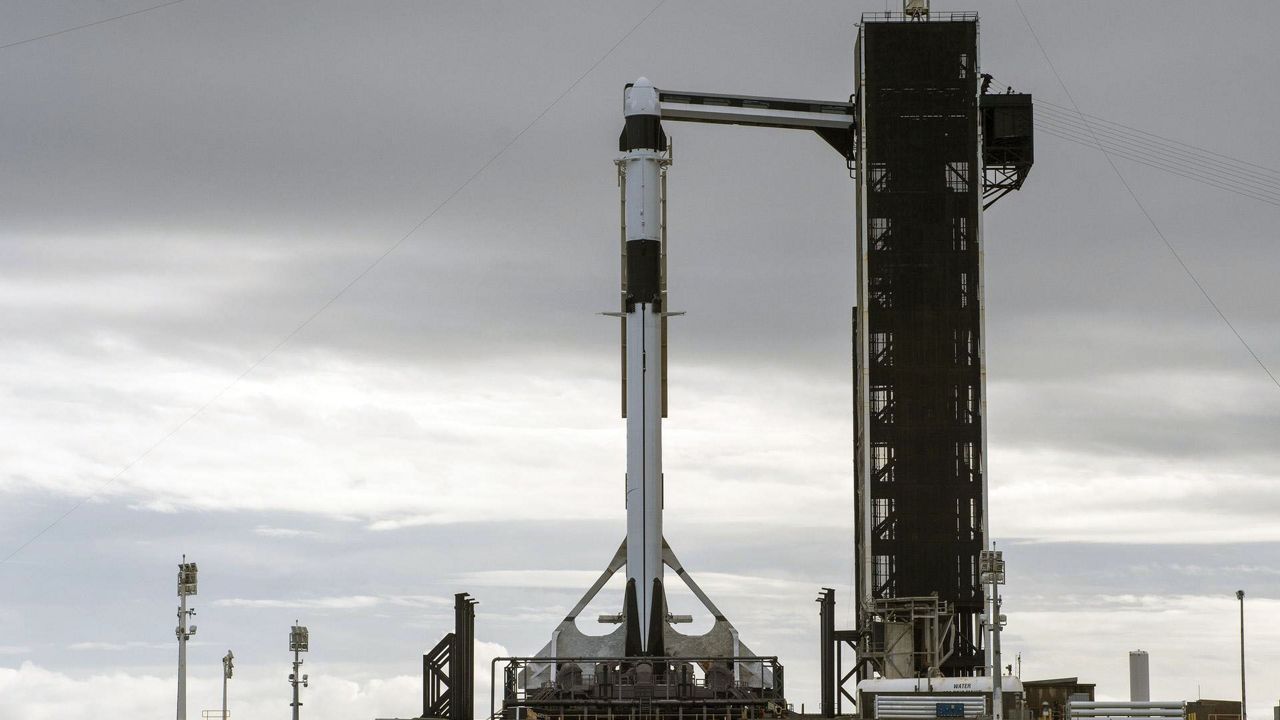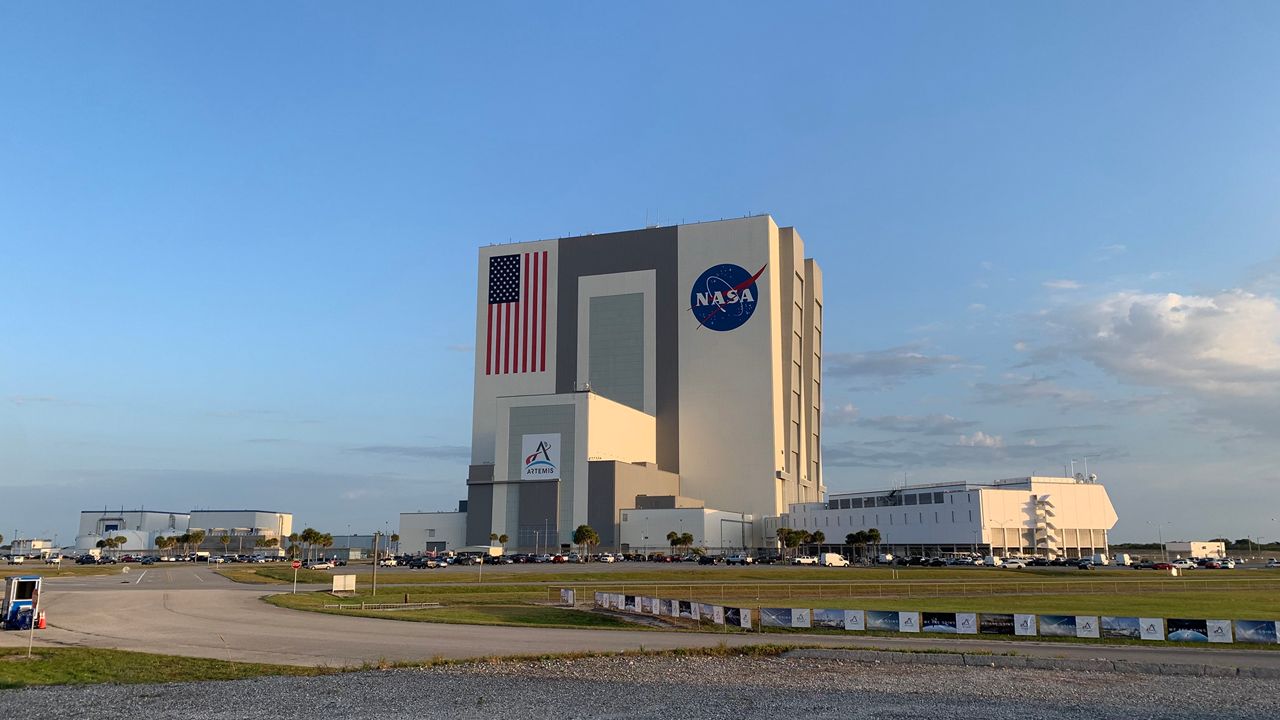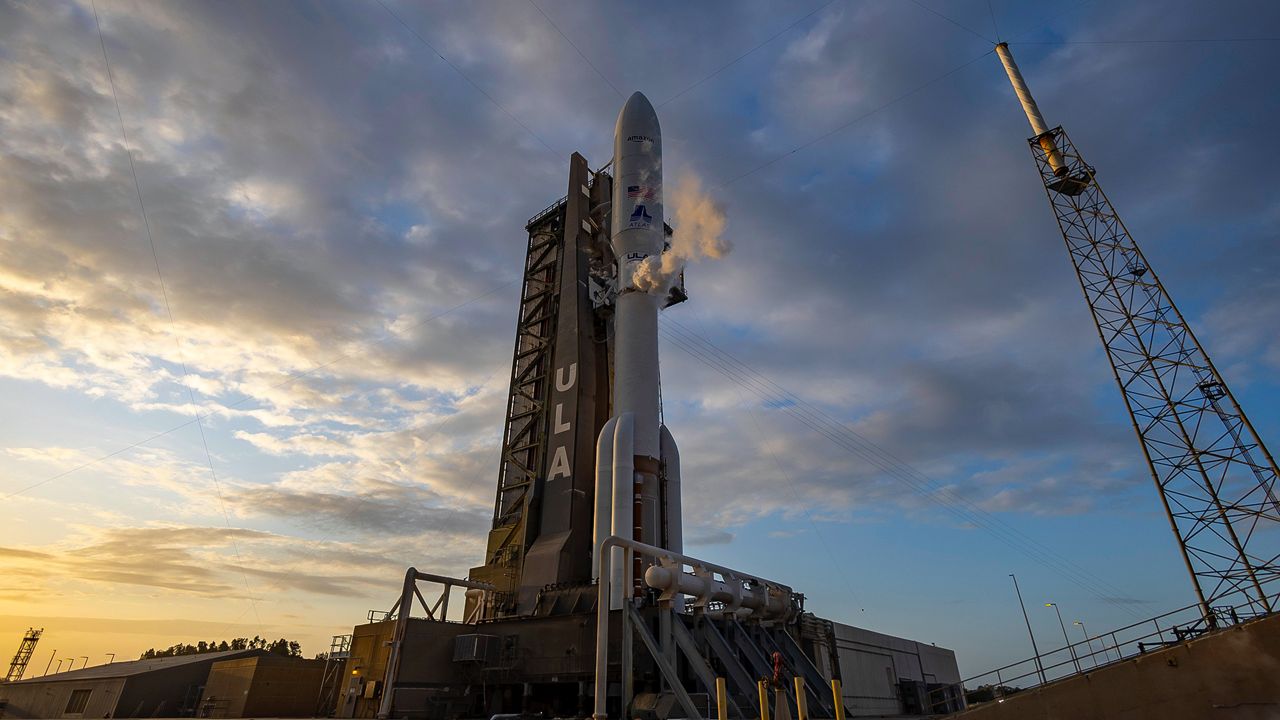CALIFORNIA — The four-person civilian Fram2 mission returned home in a splash down off the coast of California on Friday after being the first humans to orbit Earth's polar regions.
What You Need To Know
- The four civilians splashed down in the Pacific Ocean, off the coast of California at 12:19 p.m. ET, Friday
- RELATED coverage:
- Get more space coverage here ▶
- 🔻Scroll down to follow the Dragon🔻
- 🔻Scroll down to watch the splashdown🔻
Splashdown of Dragon and the @framonauts confirmed – welcome back to Earth @satofishi, @astro_jannicke, @rprogge, and @Icetrek! pic.twitter.com/nkWzqenf9Q
— SpaceX (@SpaceX) April 4, 2025
Riding in SpaceX’s Dragon capsule Resilience, Cmdr. Chun Wang, Jannicke Mikkelsen, vehicle commander; Rabea Rogge, mission pilot; and Eric Philips, mission specialist and medical officer, splashed down in the Pacific Ocean off the coast of California at 12:19 p.m. ET, confirmed SpaceX.
Their commute back down to Earth was one heck of a ride. Using a series of parachute deployments, the Dragon slowed down from an orbital speed of about 17,500 mph (2,816 kph) to 350 mph (482 kph) to about 16 mph (25 kph) when it softly splashed down off the coast of California.
From there, smaller boats arrived to inspect the Dragon and make sure everything was shipshape until the Resilience was collected by SpaceX’s recovery ship Shannon.
The crew stepped out of the Resilience, taking their first steps on Earth in their nearly 35-pound (16-kilogram) spacesuits since launch on Monday night.
Rogge was the first one to step out of the Dragon, followed by Philips, then Mikkelsen and last, but not least, Wang. Nearly all of them cheered and pumped their hands as they walked out. Except for Wang, who walked by the cameras.
In fact, SpaceX stated that walking out on their own was their last test to see if crew members can do it without help. The reason being, there will be no recovery team if and when a Dragon lands on the moon or Mars.
All three will be checked by their medical team and then they will take a helicopter ride back to the Californian shore and meet up with their families.
No more Florida splashdowns
SpaceX splashdowns will no longer happen off the coast of Florida due to concerns over the Dragon’s trunk. The trunk — which can hold unpressurized cargo, supports the craft during launch, and stores solar panels — was jettisoned before re-entry.
But the exact location and time of when it burns up was unpredictable, but it was usually in an unpopulated area of the ocean. However, with splashdowns returning to the Pacific Ocean, the trunk or what is left of it, will land safely in the water, according to SpaceX officials.
About the mission
Fram2 kicked off the week with a Monday night launch from the Kennedy Space Center.
The Fram2 mission is named after the Fram ship that was the first to reach Earth’s polar regions in the late 1800s and early 1900s.
The quartet became the first humans to ever orbit the planet’s polar regions from space.
This private mission saw for the first time humans doing a 90-degree circularized orbit, or polar orbit, around Earth.
The crew orbited Earth 55 times, stated SpaceX during its live feed on X, formally known as Twitter. In fact, they passed the North and South poles every 46 minutes.
But they were doing more than just sightseeing as they conducted numerous experiments, like taking the first x-rays in space, doing exercise studies to help preserve muscle and skeletal mass and even growing oyster mushrooms in microgravity.
During the week, the Fram2 crew shared many videos and photos of the polar regions and what life was like in the Dragon.
Flight Day 4
— Chun (@satofishi) April 4, 2025
I woke up early and watched the launch of Starlink Group 11-13 on YouTube. Shortly after, SpaceX contacted us and informed us that we would be flying over Mongolia during the second stage deorbit burn. We opened the cupola and tried to observe the event, but had no… pic.twitter.com/OyOlShGYLP
I promised Svalbard I would wave to everyone there when I flew over them! Hi Svalbard 👋 and particular thank you to our auroral scientists and photographers #SolarMaxMission for participating in #Fram2 pic.twitter.com/12KqrnCsGM
— Jannicke Mikkelsen (@astro_jannicke) April 4, 2025
Before the launch, Wang told Spectrum News in an exclusive interview about some of the features of the mission.
“In addition to bringing the world a new view of the polar regions that are so important to us, we want to share the story and heritage of the Fram ship and show that space is ultimately going to be for all people and nations. We also have a lot of research goals we’ve previewed that we are looking forward to completing,” he described.
The cryptocurrency investor and entrepreneur funded the mission. For Wang, his first trip to space is also his 1,000th flight as a world traveler.
The mission also saw a lot of firsts, like Rogge becoming Germany’s first woman in space. In fact, this was the first time in space for all the crew members.
Follow the Dragon
Watch the Splashdown
Watch Dragon and the @framonauts return to Earth after orbiting the Earth’s poles for almost four days → https://t.co/vSt6tfeLZG https://t.co/ERTGAPJwke
— SpaceX (@SpaceX) April 4, 2025












